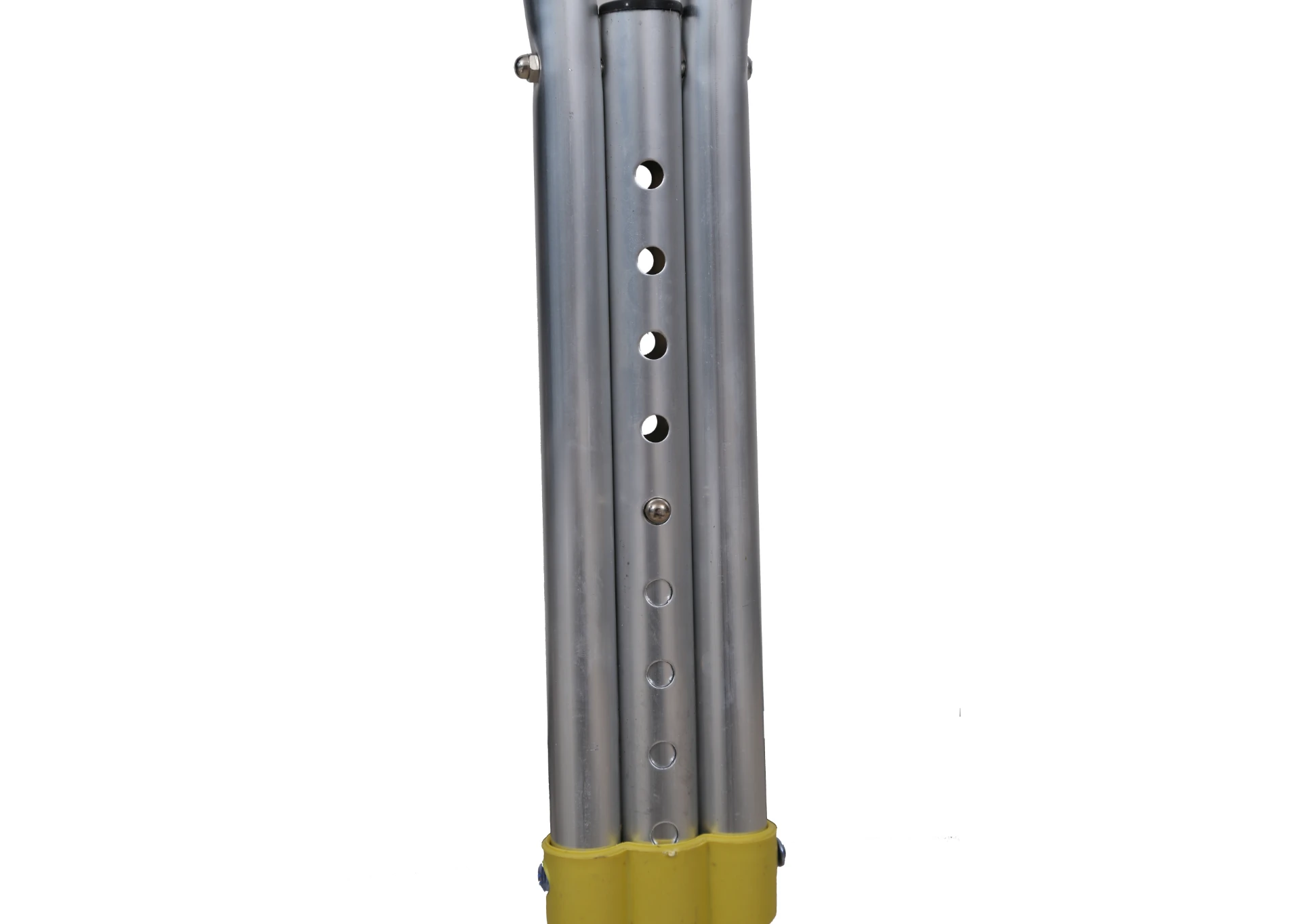Welcome to our websites!
Contemporary Bathroom Design with Elegant Commode Features and Functional Aesthetics
The Evolution of the Modern Commode A Blend of Functionality and Design
The commode, once a humble piece of furniture, has undergone a remarkable transformation to become an essential fixture in modern bathrooms. This article will explore the evolution of the modern commode, highlighting its design innovations, technological advancements, and the role it plays in contemporary living.
A Brief History
The term commode originally referred to a type of cabinet in 18th-century France, eventually evolving to denote a piece of furniture that encompasses a seating area with a waste receptacle beneath. Prior to the advent of indoor plumbing, people relied on chamber pots and coverable bins, which were often hidden away in furniture. The true revolution in sanitation began in the 19th century, with the introduction of indoor plumbing systems and the development of the flushing toilet.
By the end of the 19th century, Thomas Crapper, an English plumber, popularized and improved the design of the flush toilet. His work laid the foundation for the modern commode, combining functionality with aesthetics. As public health awareness grew, the stigma around using indoor toilets diminished, paving the way for their integration into homes.
Design Innovations
The modern commode has transcended its initial practical purpose, emerging as a design statement in bathrooms worldwide
. Today's commodes come in various styles, from traditional to sleek and minimalistic designs. They are available in an array of materials, including porcelain, ceramic, and eco-friendly options. These design innovations cater to personal tastes and harmonize with the overall decor of the home.Contemporary commodes are often characterized by their bowl shapes, height options, and finishing touches. Some manufacturers offer elongated bowls for enhanced comfort, while compact models are designed for smaller spaces. The finish of a commode can be glossy or matte, and colors range from classic whites to bold hues, allowing homeowners to express their unique styles.
modern commode

Technological Advancements
Advancements in technology have significantly enhanced the functionality of the modern commode. Water conservation has become a central focus, with dual-flush systems that let users choose between a full or half flush, thereby reducing water waste. Many modern commodes are designed to be efficient, utilizing only 1.28 gallons per flush or less, aligning with green building standards.
Smart toilets are at the forefront of innovation, incorporating features such as heated seats, automatic lid openers, built-in bidets, and self-cleaning capabilities. These toilets can even be connected to smartphone applications, allowing users to customize their experience. Such technology not only enhances convenience but also promotes hygiene, as these toilets often include advanced cleaning features that help reduce the spread of germs.
The Role in Contemporary Living
In today’s fast-paced world, the bathroom has evolved into a personal retreat, and the commode plays a pivotal role in that transformation. Homeowners are increasingly investing in their bathrooms as spaces for relaxation and rejuvenation. The commode, with its blend of style and technology, has become a crucial component of this intimate setting.
The modern commode also reflects broader societal trends toward sustainability and health-conscious living. Eco-friendly options, such as composting toilets, appeal to environmentally aware consumers looking to reduce their carbon footprint. Furthermore, the integration of technology addresses health and accessibility concerns, providing solutions for individuals with differing mobility needs.
Conclusion
From its origins as a simple waste receptacle to a stylish and technologically advanced fixture, the modern commode embodies the intersection of functionality and design. As societal needs evolve, the commode continues to adapt, ensuring that it remains an essential component of the modern bathroom. Embracing both aesthetic appeal and smart technology, the commode stands as a testament to our desire for comfort and sustainability in the spaces we inhabit. Whether for practical use or as a design focal point, the modern commode is undoubtedly here to stay.
-
Essential Equipment for Ambulance and Emergency CareNewsApr.17,2025
-
Essential Bedside Cabinets for Healthcare SettingsNewsApr.17,2025
-
Essential Bedside Cabinets for Healthcare FacilitiesNewsApr.17,2025
-
Efficient Transfer Solutions for Healthcare SettingsNewsApr.17,2025
-
Efficient Solutions for Medical Storage and DistributionNewsApr.17,2025
-
Affordable and Versatile Examination BedsNewsApr.17,2025
-
The Essential Guide to Walking Aids for SeniorsNewsApr.07,2025











